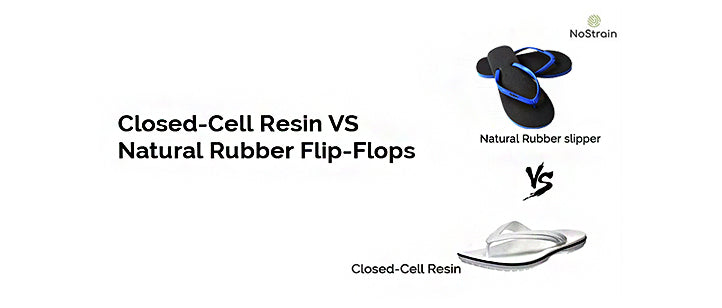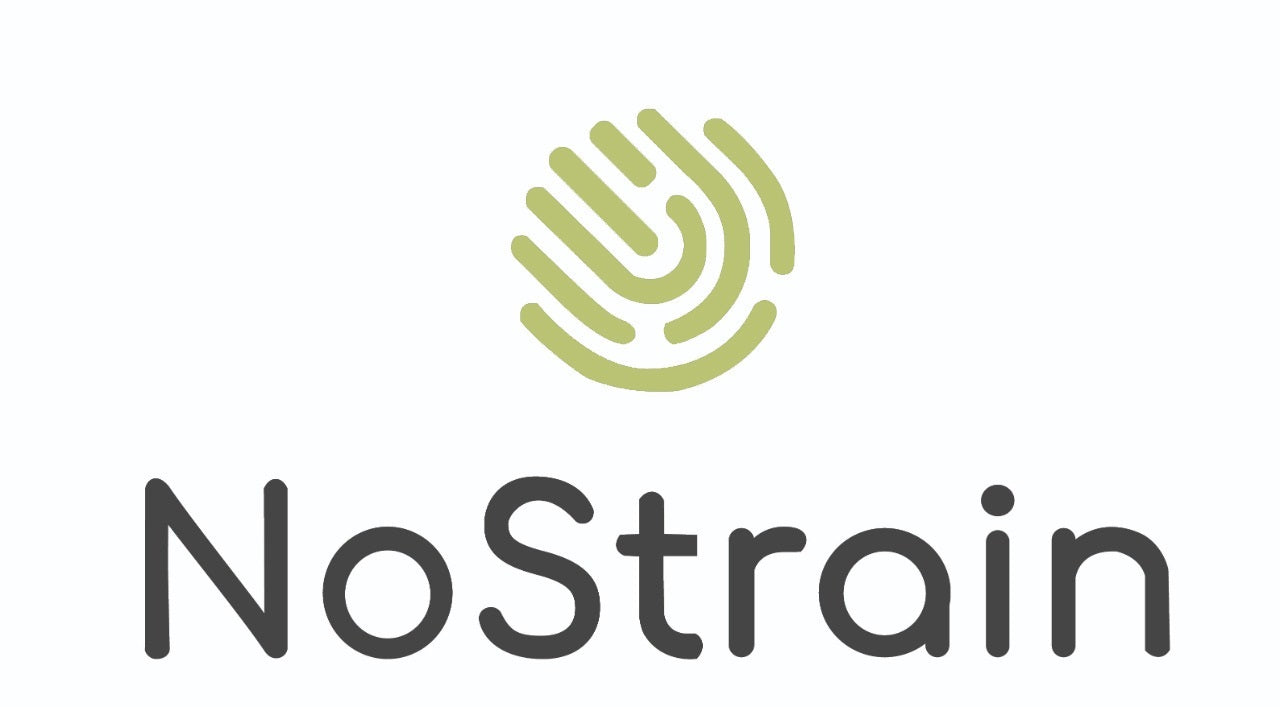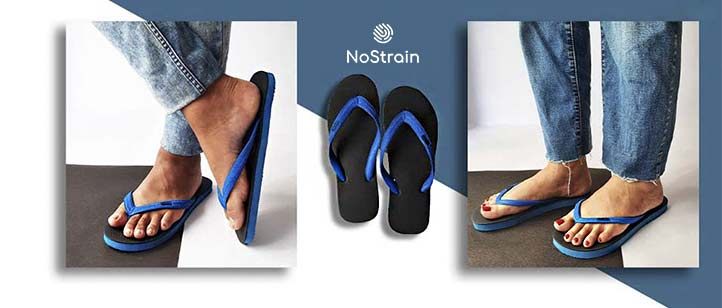
Closed-Cell Resin VS Natural Rubber Flip-Flops
Flip-flop sandals can be traced back to the ancient Egyptians of 4000 B.C. In the United States, these flip-flops came into fashion from the Japanese Zōri after World War II as the soldiers returned from Japan.
In recent times, flip and flop slippers have been very much popularized among customers and also among celebrities.
Now, coming to the materials that are being used to make flip-flops are mostly non-biodegradable and as a consequence harm our environment.
So, to keep sustainability in our minds, the use of biodegradable raw materials in our footwear has become a matter of concern.
Closed-cell resins and rubber are two such raw materials that can be used in the production of flip-flops.
Let’s find out which one is better for our funky flip-flops. Closed-cell resin or natural rubbers?
Closed-cell resin
Closed-cell resin is an interesting material that is neither plastic nor rubber. It is made from polymer and polymer is made from crude oil.
The Croslite shoes or better known as crocs are made up of closed-cell resins.
Perks of closed-cell resin flip-flops
- Soft, providing maximum cushioning
- Non-toxic
- Resists odor
- Inhibits bacterial growth
- Have low maintenance, can be washed with water and soap
- Lightweight and comfortable
Despite of all these perks of closed-cell resin flip flops, it also needs to be known that these closed-cell resin flip flop slippers are nothing but injection-moulded EVA foam.
As we know, synthetic resins which aren’t from natural sources are non-biodegradable neither are EVA foams. Hence, it’s understood that these materials are not ideal for sustainable flip-flops.
Natural Rubbers
Natural rubbers have served the purpose of raw materials for over 40,000 products including flip-flops. It is obtained from latex, a milky liquid obtained from rubber-producing trees belonging to the genera Hevea or Ficus.
Perks of natural rubber flip-flops
- Long-term durability for high tensile and tear strength.
- Rubber flip flops don’t skid on slippery surfaces.
- More Flexibility
- More adaptability
- Good shock absorption
Though rubber flip-flop slippers for men and women can be heavier in weight compared to closed cell resin flip-flops yet their ability to biodegrade surpasses its drawback.
Quite a number of footwear brands have emerged in recent days which are focusing on sustainability. NoStrain also believes in putting equal values on its products, people, and the planet.
We, at NoStrain, are also committed to making 100% natural flip-flops for both men and women to make zero hazardous environmental impact.
To see our collection, visit us at, NoStrain – Fast Growing, Most Trusted Slippers & Flip Flops Online Store.
Our other Products:
Cork Sandals | Arch Slippers | Sugar Sliders | Wedges Sandals



Leave a comment
This site is protected by hCaptcha and the hCaptcha Privacy Policy and Terms of Service apply.